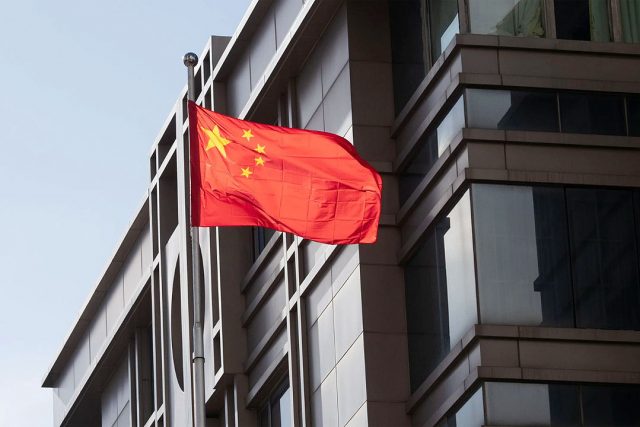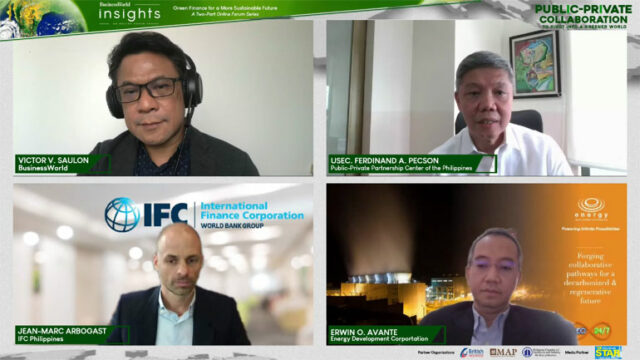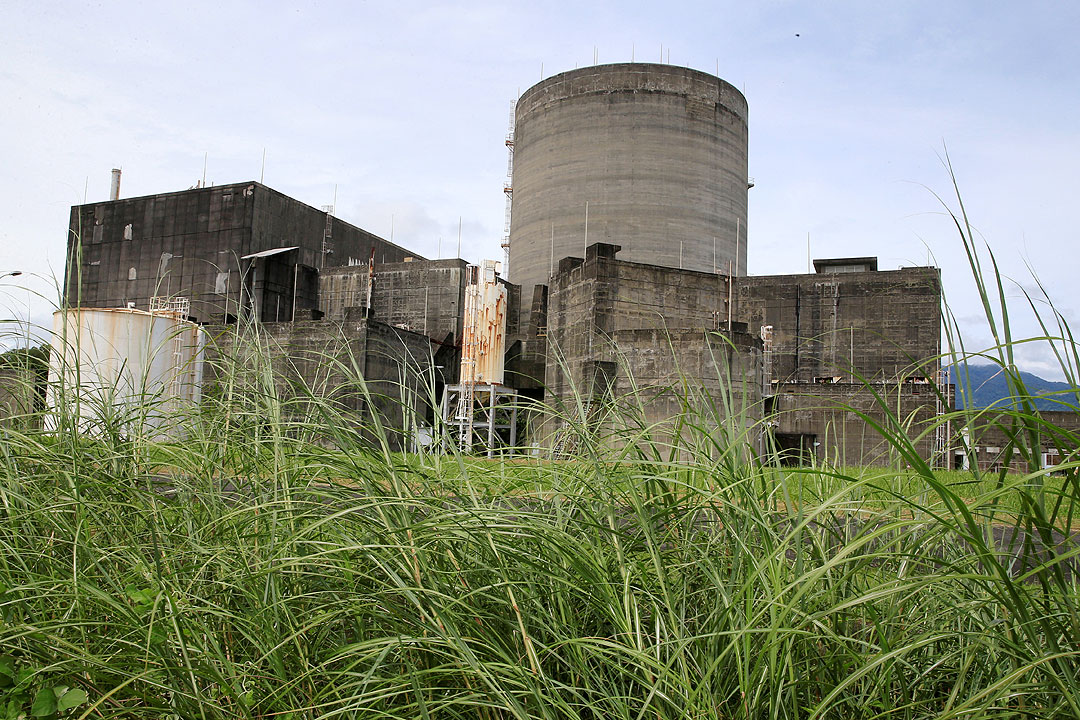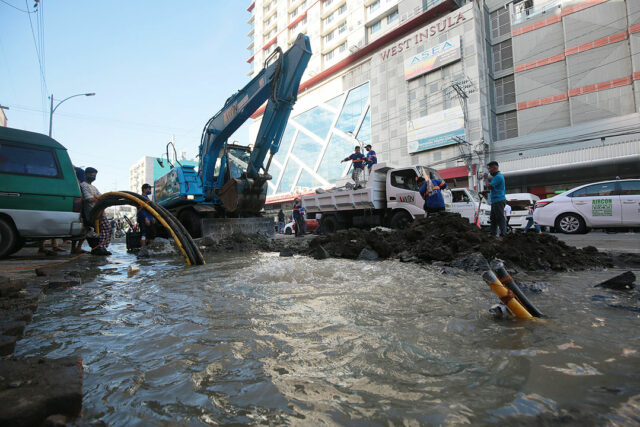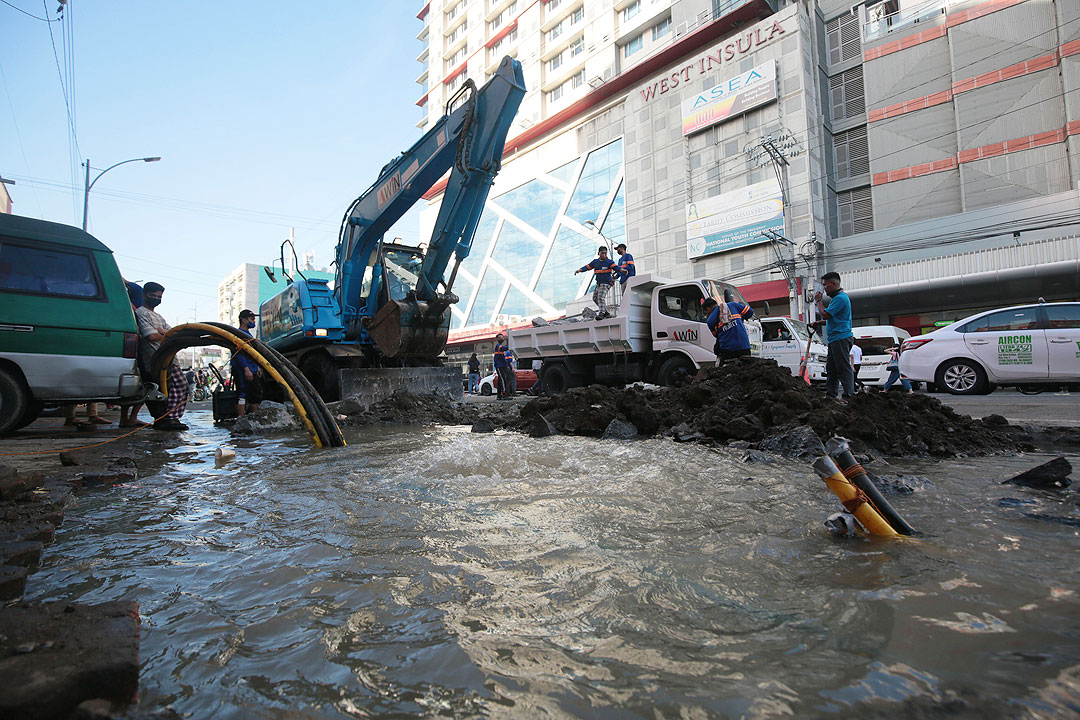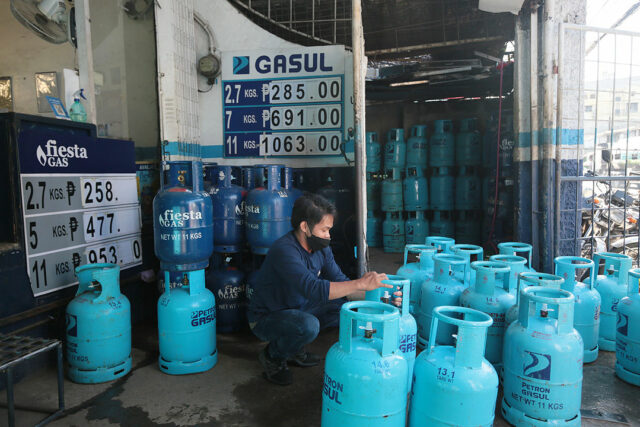Sanctions response to Russia’s invasion offers clues for China
BEIJING — Under President Xi Jinping, China has pushed for self-reliance in key areas of technology and the payments needed to settle trade to minimize its vulnerability to economic pressure over flashpoints, from trade policy to Taiwan.
Russia’s invasion of Ukraine and the tough global response, including curtailment of access to the SWIFT payments system and a freezing of Russian assets, provide a case study for China on the economic and financial vulnerabilities analysts expect it will continue to address.
The unexpectedly heavy sanctions, led by the West, have exposed vulnerabilities for Russia, including dependence on the US dollar, that China would want to mitigate before becoming the target of any such measures.
While the China-US trade war during the Trump administration forced China to seek greater self-sufficiency, the sanctions on Russia are a louder wake-up call, said Abraham Zhang, chairman of Shenzhen-based China Europe Capital.
“Just as China needs food security, China also needs oil reserves, and a complete industrial system, so that if China is one day cut off from external supplies as Russia is now, China can still be self-sufficient, maintain internal circulation, and survive,” Mr. Zhang said.
China has in recent years ramped-up efforts to develop home-grown technologies, from semiconductors to advanced materials to aircraft, to ease reliance on imports. Huawei Technologies, crippled by sanctions preventing its access to high-end chips, is a cautionary example.
“China needs to accelerate the development of key technologies. Otherwise, it would be too late once you’re suffocated by sanctions, if Russia offers any lessons,” he said.
To be sure, China has a much bigger and more diversified economy than Russia’s, although it depends on imported energy and food, and relies heavily on global commerce as the world’s largest trading economy.
Also, Ukraine is not Taiwan, which Beijing has vowed to bring under its control, by force if necessary.
The political and geostrategic circumstances are vastly different, including the likely response to a Chinese attack on the democratically controlled island, which among other factors is a linchpin in the global technology supply chain.
Where the United States has ruled out intervening militarily in Ukraine, its policy of “strategic ambiguity” towards Taiwan and its strengthening defense ties with the island, including stepped up arms sales and the development of the AUKUS grouping with Australia and Britain, convey a warning.
China, which has declined to condemn Russia’s attack or call it an invasion, has blamed the Ukraine conflict on NATO expansion.
Taiwan has reported no unusual Chinese military movements since the Ukraine war began and US President Joseph R. Biden, Jr., this week dispatched a team of former senior officials to visit the island in a show of support.
CURRENCIES, PAYMENTS
China has in recent years sought to internationalize its currency by settling more trade with the yuan, including with Russia. The yuan accounted for 13.1% of the Russian central bank’s foreign currency reserves last June, compared with just 0.1% in June 2017
China’s central bank is developing a digital currency, which would have the benefit of further encouraging yuan settlement for trade, but the project, while ahead of efforts elsewhere, is still in its early days.
China has an alternative system to bypass SWIFT, the Cross Border Interbank Payment System (CIPS), which saw a 75% increase in processing volume last year, although 80% of CIPS transactions still involve SWIFT.
Bert Hofman, director of the East Asian Institute at the Lee Kuan Yew School of the National University Singapore, said China has been concerned about dollar dominance of international payments since the global financial crisis.
“The sanctions may therefore lead China to accelerate the development of alternative options, including the China-led CIPS system, and the further internationalization of the (yuan).”
WORRY ABOUT ISOLATION
While the unity and strength of the diplomatic response to the invasion, which many experts believe Russia underestimated, may be instructive to China, the unexpectedly sluggish early performance of Russia’s forces in Ukraine is less applicable, with the United States not engaged there militarily.
US intervention would be China’s biggest worry in the event that it attacked Taiwan, said Yun Sun, director of the China Program at the Washington-based Stimson Center.
“The international isolation of Russia, and the broad coalition … make China worry about the potential international isolation of China in a similar event on Taiwan,” she said.
Still, she said, China would take comfort that countries that have joined in sanctions against Russia remain in the minority, and the fact that China has yet to face secondary sanctions for its Russia ties.
Steve Tsang, director of the SOAS China Institute in London, said Beijing was unlikely to be happy with the way things are going in Ukraine but the ultimate effectiveness of the international response would determine its outlook.
If Russia was not brought to its knees, “China will be relatively relaxed about what the West could do when China is finally ready to take Taiwan,” he said.
“If the responses should prove effective against Russia, Xi will be a lot more cautious about when and how he will try to bring Taiwan into the fold,” he said. — Tony Munroe/Reuters

